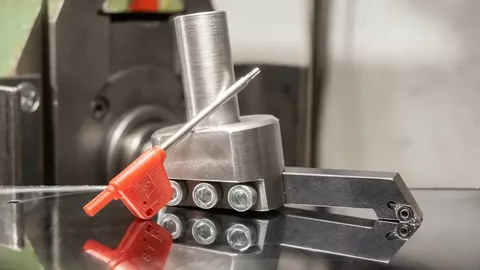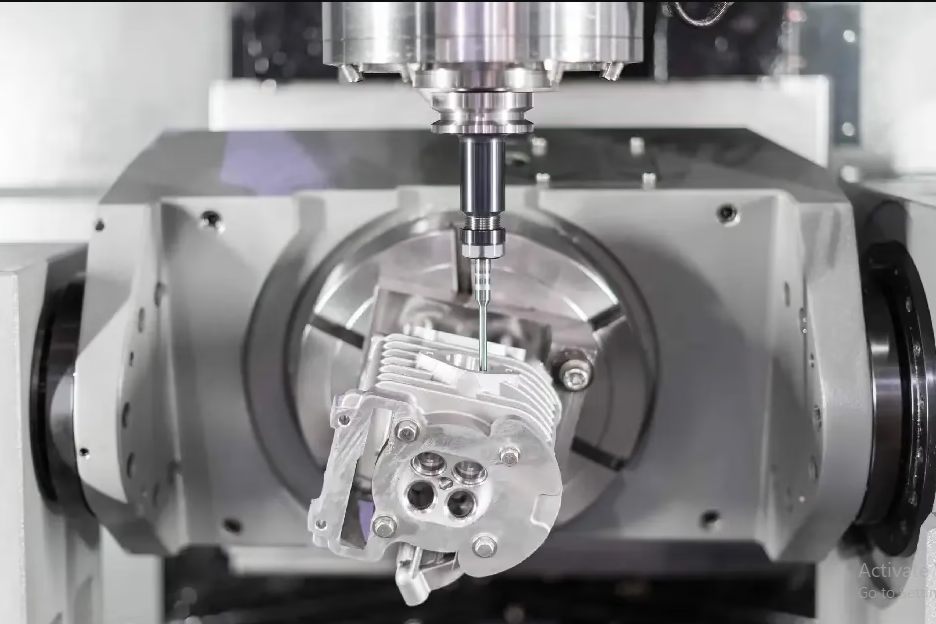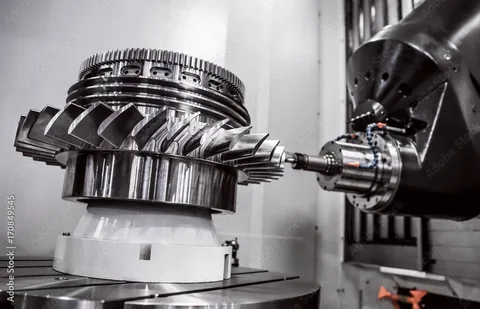Fly cutters are essential tools in the world of machining, valued for their versatility and precision. These tools are a type of rotary cutting instrument with a single-point cutting tool mounted on a rotating head. Their design and functionality make them a popular choice for specific tasks in modern machining processes. This article explores the top applications of fly cutters in contemporary manufacturing, emphasizing their efficiency and reliability.
Surface Finishing for Large Flat Areas
One of the primary applications of fly cutters is achieving smooth and even finishes on large flat surfaces. Fly cutters are particularly effective in removing excess material to create an even surface, thanks to their broad cutting path and the ability to operate at varied speeds. In comparison to other tools like end mills, fly cutters provide superior finishes with minimal tool marks, making them ideal for aesthetic and functional surface requirements.
Machinists frequently use fly cutters in applications requiring high precision, such as mold making and die-casting. The ability to achieve consistent flatness across expansive areas ensures that these tools meet the stringent requirements of industries like aerospace and automotive, where flawless surfaces are a necessity.
Machining Non-Ferrous Metals and Plastics
Fly cutters excel in machining softer materials, including non-ferrous metals like aluminum, brass, and copper, as well as various plastics. These materials are often prone to deformation and damage when worked with aggressive tools. Fly cutters, with their single-point cutting action and adjustable parameters, ensure a clean cut without compromising the material’s integrity.
Industries that manufacture precision components, such as electronic enclosures and medical devices, often rely on fly cutters to achieve tight tolerances and polished surfaces. Their ability to perform intricate machining without causing heat buildup or chatter makes them an invaluable tool for these applications.
Prototyping and Custom Machining
Prototyping often involves working with unique designs and non-standard dimensions, requiring tools that can adapt to varying specifications. Fly cutters are well-suited for such tasks due to their customizable cutting heads and ease of setup. They allow machinists to quickly switch between different cutting angles and depths, catering to the needs of bespoke projects.
Custom machining applications, including those in the jewelry and luxury goods sectors, benefit from the precision and adaptability of fly cutters. The ability to create complex patterns and finely detailed surfaces ensures that prototypes and final products meet exacting quality standards.
Deburring and Chamfering
Deburring and chamfering are critical steps in the machining process, ensuring that finished parts are free from sharp edges and burrs. Fly cutters are commonly used for these tasks, offering a controlled and consistent means of smoothing edges and creating uniform chamfers. Their precision and repeatability make them a preferred choice for such applications.
Industries like aerospace and defense, where part reliability and safety are paramount, heavily depend on fly cutters for deburring and chamfering. The accuracy offered by these tools helps in meeting regulatory standards and reducing the likelihood of assembly issues caused by poorly finished components.
Cost-Effective Milling for Large Workpieces
Fly cutters are a cost-effective alternative to traditional milling tools when working with large workpieces. Their simplicity and ability to cover broad areas reduce machining time and tool wear. This efficiency translates into lower operational costs, particularly in high-volume manufacturing environments.
Click Here! cnc machine
Moreover, fly cutters are often used for reclaiming or refurbishing large workpieces. By removing surface imperfections and restoring the original dimensions, these tools contribute to sustainable manufacturing practices, reducing material waste and extending the life cycle of components.
Conclusion
The versatility and precision of fly cutters make them indispensable in modern machining. From achieving flawless surface finishes to machining specialized materials, fly cutters play a crucial role in enhancing efficiency and quality. Their applications in prototyping, deburring, and cost-effective milling further highlight their adaptability and value. As industries continue to push the boundaries of precision and performance, fly cutters remain a reliable tool in the machinist’s arsenal.




